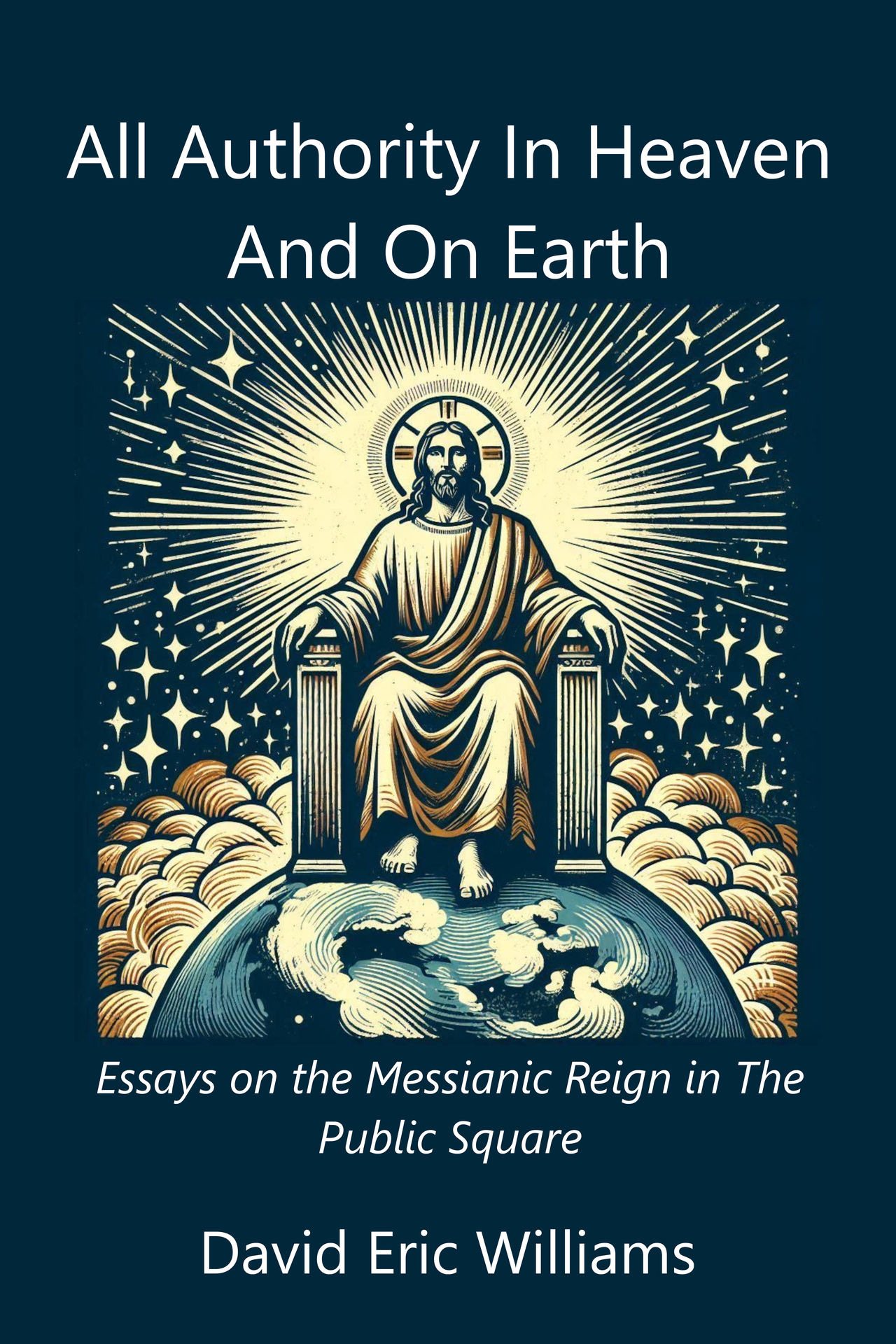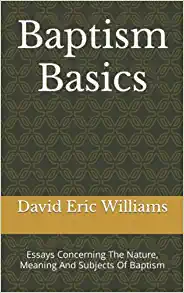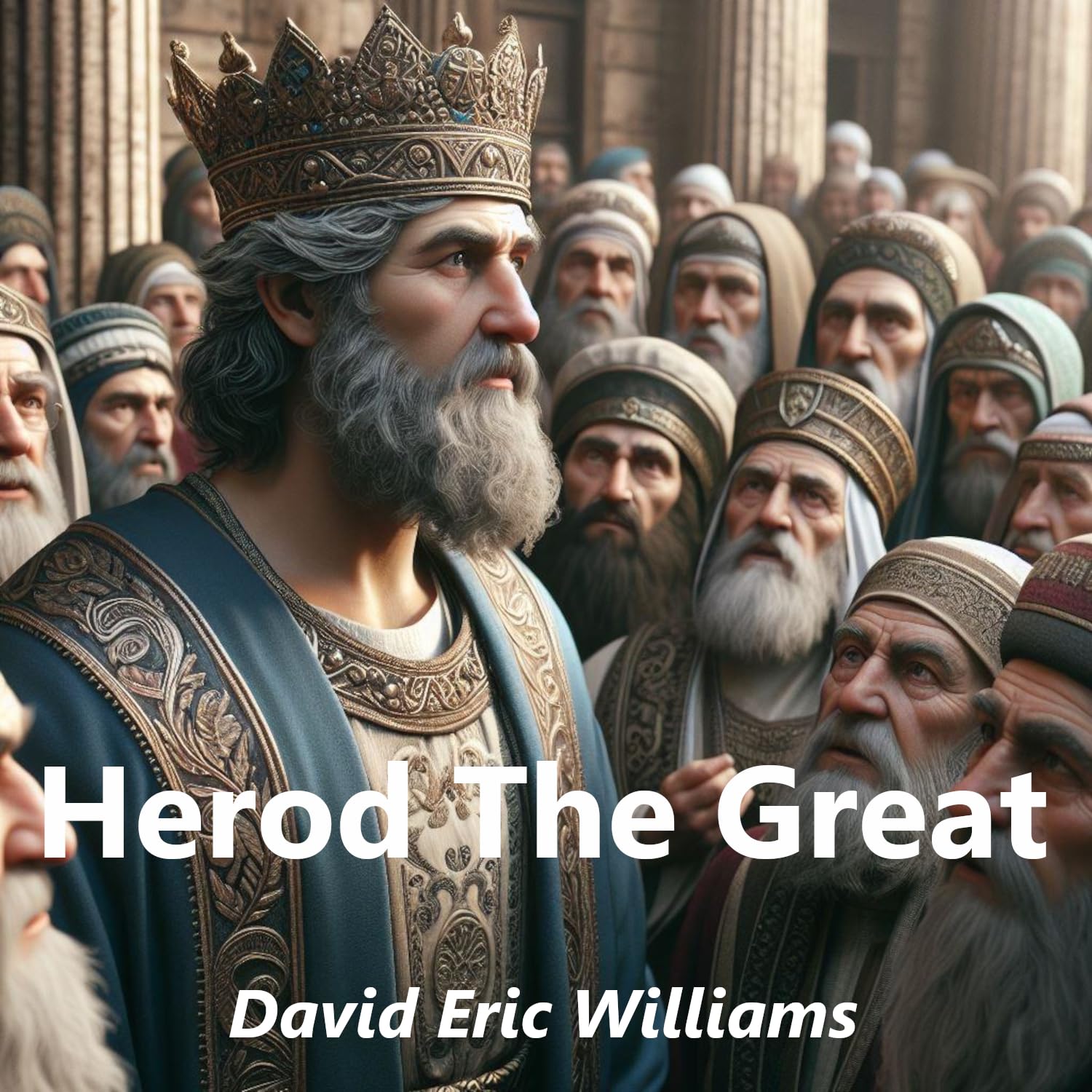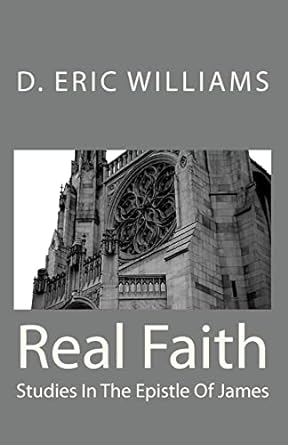Symbols Of Darkness
© 9.20.06 By David Eric Williams
 There is a tendency in the Church today toward adopting the manner and dress of the world. For instance, it is not uncommon to see tattooed and pierced persons in the pew on Sunday. Often these are not new Christians recently saved from the kingdom of darkness, but second and third generation Church goers, young (and no so young), people raised in Christian homes.
There is a tendency in the Church today toward adopting the manner and dress of the world. For instance, it is not uncommon to see tattooed and pierced persons in the pew on Sunday. Often these are not new Christians recently saved from the kingdom of darkness, but second and third generation Church goers, young (and no so young), people raised in Christian homes.
One way that the Church has chosen to deal with this growing phenomena is to down-play the significance of these demonic symbols. That isn't because the older generation actually approves of tattoos and facial piercing; it is because the older generation doesn't really have a well thought out objection to the practices.
For the most part those Christians who oppose "body art" do so simply because it is not "Christian." They're right, but when a young decorated Church goer asks why it isn't Christian, the undecorated can only say that it is worldly and un-Christlike. At which point the hipster will ask what it is about body art that is worldly and un-Christlike. Typically this leaves the artless one speechless. To the conservative Bible believing Christian, tattoos and piercings1 are plainly contrary to Christ's example and one's identity as the temple of the Holy Spirit. Yet he finds that he cannot really articulate a convincing argument as to why. The reason Joe conservative Christian cannot articulate his belief is because in "modern rationalistic Western society, men do not understand the power of non-verbal symbols and of dress."2 In other words, because your average Christian does not understand the significance and prevalence of symbolism he cannot formulate an argument against the misuse of symbols.
James Jordan has written that:
Symbolism, then, is not some secondary concern, some mere curiosity. In a very real sense, symbolism is more important that anything else for the life of man.3
Jordan's thesis is that all of creation is designed by God to tell us about Him and to teach us about reality, by means of symbols. In other words, the world does not exist for its own sake nor ultimately for the sake of man; but it was brought into being in order to disclose God in the symbols of creation.
For instance, God is a shepherd (Ps. 23:1), a fire (Heb. 12:29), like a lion and like a flock of birds (Is. 31:4-5). He is an eagle (Deut. 32:11), a lamb (Is. 53:7, Rev. 5:6), a hen (Matt. 23:37), the morning star (Rev. 22:16), food, drink and bread (Is. 55:1, John 6:35), a rock (Deut 32:4), and a tower (Prov. 18:10). Thus the Christian view of the universe must be fundamentally symbolic.4 We look at a flower, a rock or an eagle in flight and say, "here is wisdom, here is God on display." These things are expressions or symbols that help us to discover God and to learn to see through God's eyes, so to speak. Or to put it another way, the stuff of creation allows us to peer into the (ultimately incomprehensible), character of the Creator and teaches us to think in terms of symbols.
This is how Jesus thought. Take the time to reread the Gospels and you will be reminded that Jesus constantly used symbolic language and stories (parables), to convey truth. If symbols are not important, than nothing Jesus said is important. It seems that everything he taught was explained with symbols. Hence, the kingdom of God is like a mustard seed, a dragnet and a pearl of great price. His followers must take up the cross, take on His yoke and let go of their lives.
Since mankind is the special image bearer of God (a special symbol of God), he is likewise a symbol maker. Thus when we invest something with symbolic significance we are supposed to follow God's lead (Eph. 5:1). For instance, God uses dragons to symbolize evil. In like fashion, our use of dragons (in literature, art and so on), should correspond to God's symbolic use of dragons. This isn't to say that a Christians may never utilize dragon imagery in a positive fashion. God Himself speaks of the fire breathing Leviathan in positive terms (Job 41). Indeed, the Tannin, the great monsters of the deep - including Leviathan - were God's own special "pets." Moreover, God endows some symbols with multiple meanings. For instance, there is both the lion of Judah and Satan prowling like a lion (Rev. 5:5, 1 Peter 5:8); the righteous are as bold as a lion and the ungodly ravage like a lion (Prv. 28:1, 15); a lion is the servant of God bringing judgement and it is a wicked people in rebellion against Him (Jer. 4:7, 12:8). Nevertheless, until we better understand God's fluid use of symbols we should remain within the obvious guidelines provided by Scripture.
Symbols are powerful; they are more than the expression of ideas they actually give direction to life: "for God, symbols create reality, for man, symbols structure reality."5 To suggest that we can arbitrarily redefine the meaning of symbols is foolish. For instance, if I were to conduct next Sunday's services while wearing a tie embossed with a swastika, I have little doubt that on Monday I would no longer be employed by the Idaho State Veterans Home in Lewiston or be the pastor of Cottonwood Community Church. Why? Because the Nazi swastika is universally understood as a satanic symbol of evil and death. But what if I protested and claimed that I was rehabilitating the symbol for Christian use? What if I said that I viewed the swastika as a symbol of giving one's all for the sake of Christ and His kingdom? It wouldn't matter. Symbols are too powerful to be toyed with. Even though the swastika has ancient origins that have nothing to do with Naziism I have no doubt that it will forever be associated with the horrors of unbridled power, brutality and death. Truly, the swastika structures reality. It defined a worldview and served as a spur to action drawing out the grisly barbarism of a pagan Germanic people. The same is true for many of the symbols utilized in the sub culture of body art. Skulls, bones, bats, and so on all remain symbols of bad luck, death, magic and evil 6
Which brings us back to the issue of tattoos and piercings. The real reason that they are inappropriate for Christians is that those things symbolize evil. Tattoos and piercings are symbols of a worldview that is opposed to God and His kingdom. In the Bible, marking or cutting the flesh was prohibited because it was part of the Canaanite culture - specifically a ritual to honor or mourn the dead. In Leviticus 19:28 we read, "You shall not make any cuttings in your flesh for the dead, nor tattoo any marks on you: I am the Lord" (cf. 21:5, Deut. 14:1)7
Pagan thought has long embraced chaos as a regenerative fountainhead; bestiality, homosexuality, self mutilation and so on are indulged in an attempt to seize the supernatural power of chaos.8 As a matter of fact there are many today who consider their participation in self mutilation a spiritual experience. They believe that enduring the pain of tattooing or piercing develops control and allows them to discover a deeper sense of themselves.9 Truly it is a spiritual experience; a descent into the realm of the occult. Thus the tattooed and pierced wear the uniform of paganism's foulest form whether they realize it or not.
Moreover, tattooing and piercing have been endowed with negative symbolism in our age as well. Even today with the practices being so prevalent, tattooing and piercing are still equated with criminals and the lower class.10 And yet, modern Christian youth apparently believe that they break new ground by joining the ranks of the tattooed and pierced. Part of the deception is the belief that the underclass lifestyle (and the uniform of paganism), is somehow more real than a life lived in Christlikeness. Theodore Dalrymple writes that those who adopt the norms of the underclass are;
...under the influence of the idea that some aspects of reality are more real than others; that the seedy side of life is more genuine, more authentic, than the refined and cultured side - and certainly more glamours than the bourgeois and respectable side. This idea could be said to be the fundamental premise of modern popular culture.11
Whether the church going tattooed and pierced care to admit it or not, "body art" remains the uniform of the criminal element and the occult; it is associated with rebellion and youthful foolishness - all defined as sinful by God. The tattooed and pierced have the short term view of the self centered worldling rather than the long term view of the self sacrificing born again kingdom Believer. Rather than see the increase of body art in the church as a sign that its symbolic value is undergoing a positive transformation, we need to recognize it as a creeping influence on the Church by the world and the kingdom of darkness.
____________________
1. In this essay I am defining "piercings" as facial piercing, nose piercing, multiple ear piercing and body piercing. In a nut shell, anything other than a single or perhaps double piercing of the ear (by a woman). I know that I'm setting myself up for the charge of inconsistency, but at this point I don't see a single (or double) ear piercing on a woman as being in the same category of face, nose and body piercing.
2. James Jordan, Through New Eyes: Developing a Biblical View Of The World,(Brentwood: Wolgemuth & Hyatt, Publishers Inc., 1988), 35.
3. Jordan, New Eyes, 30. See also, James Jordan, Creation In Six Days: A Defense Of The Traditional Reading Of Genesis One, (Moscow: Canon Press, 1999).
4. Jordan, Creation.
5. Jordan, New Eyes, 32.
6. Iona Opie and Moira Tatem, eds., A Dictionary Of Superstitions (Oxford, New York: Oxford University Press, 1992)
7. See my essay, Another Hole In Your head.
8. R. J. Rushdoony, The One And The Many, (Fairfax: Thoburn Press, 1978), 104f.
9. David Kupelian, the Marketing Of Evil, (Nashville: WND Books, 2005), 72.
10. Theodore Dalrymple, Life At The Bottom: The Worldview That makes the Underclass, (Chicago: Ivan R. Dee, 2001), 48f.
11. Dalrymple, 119.
Entire Site Copyright © 2025 By David Eric Williams










